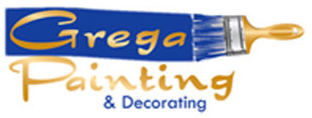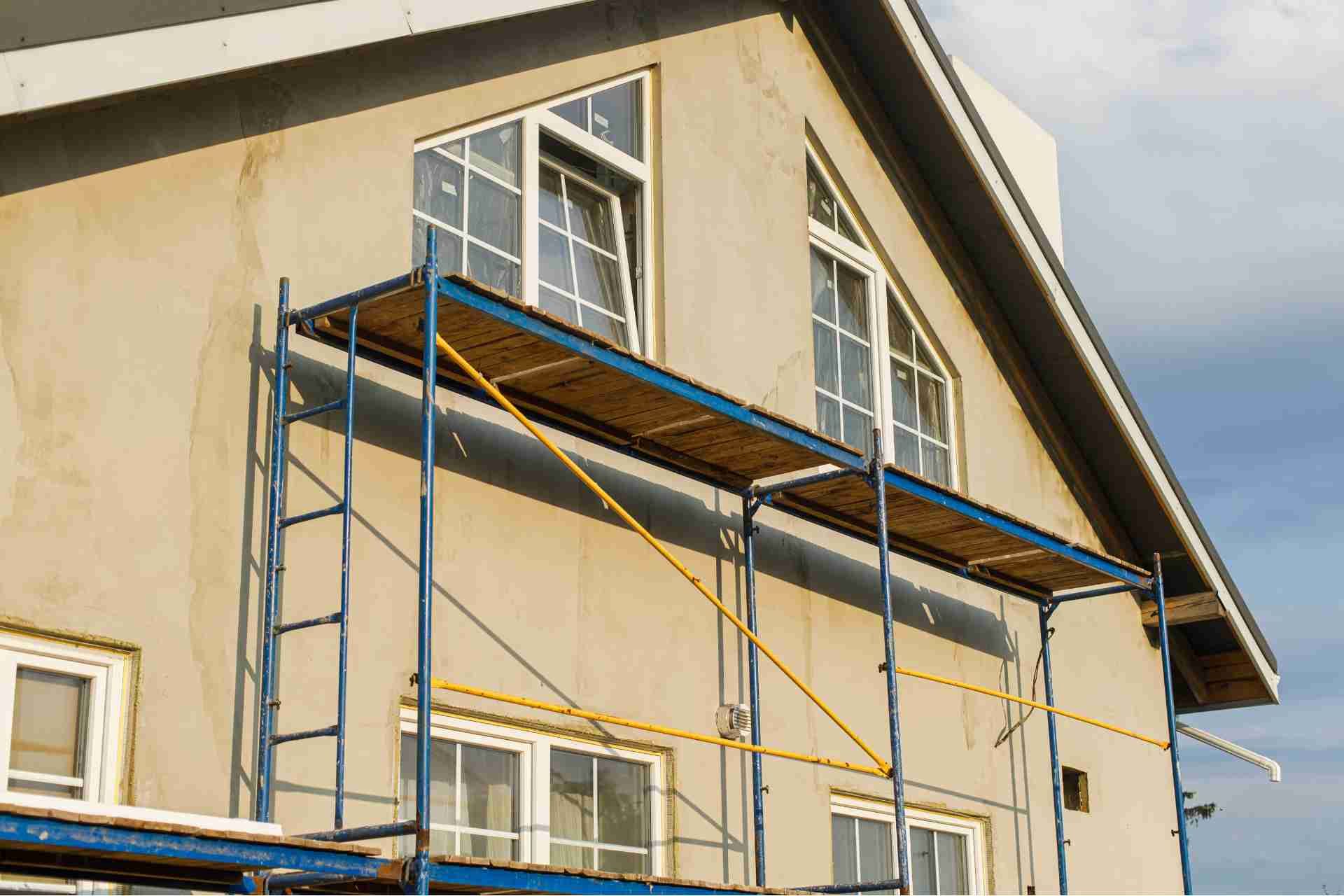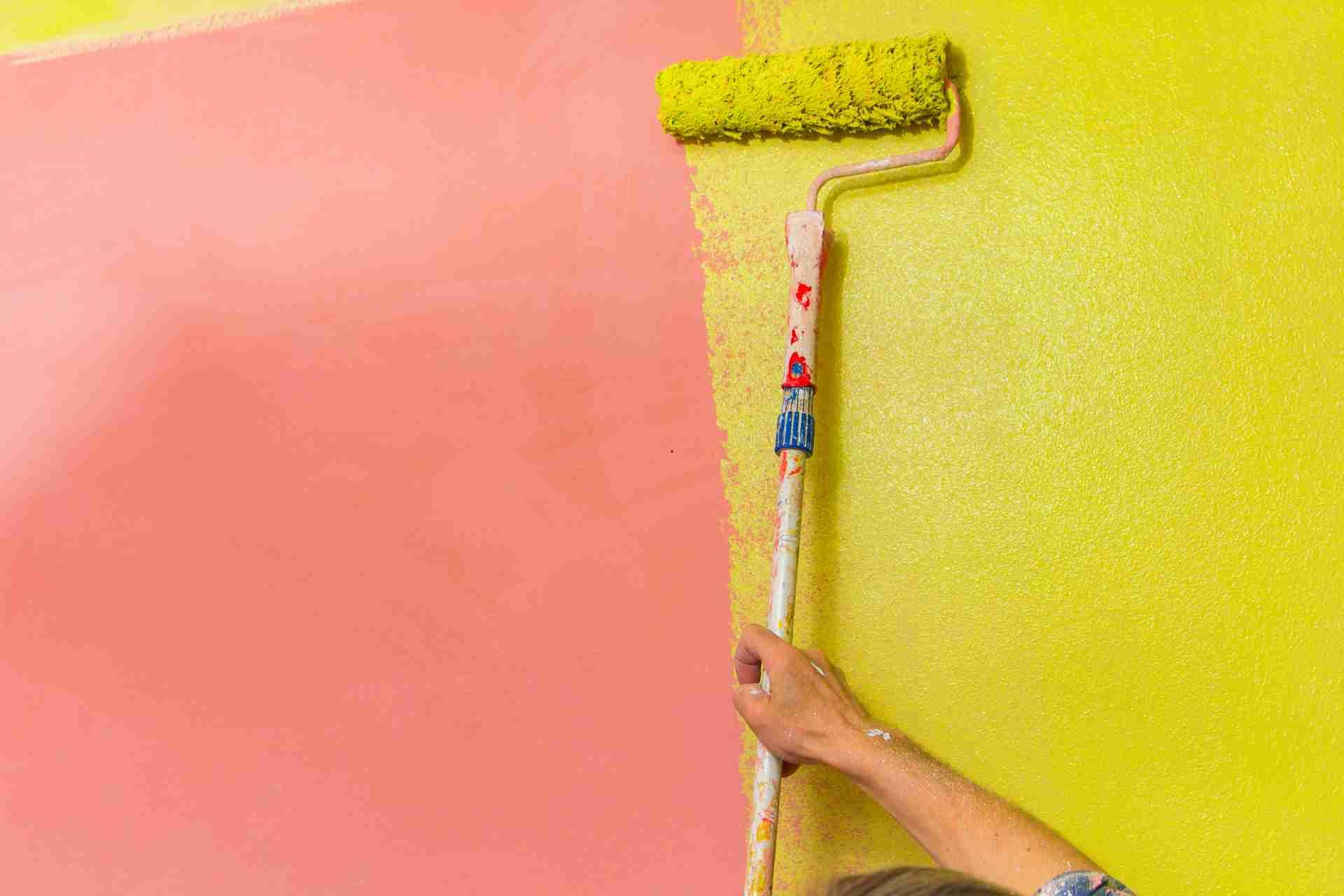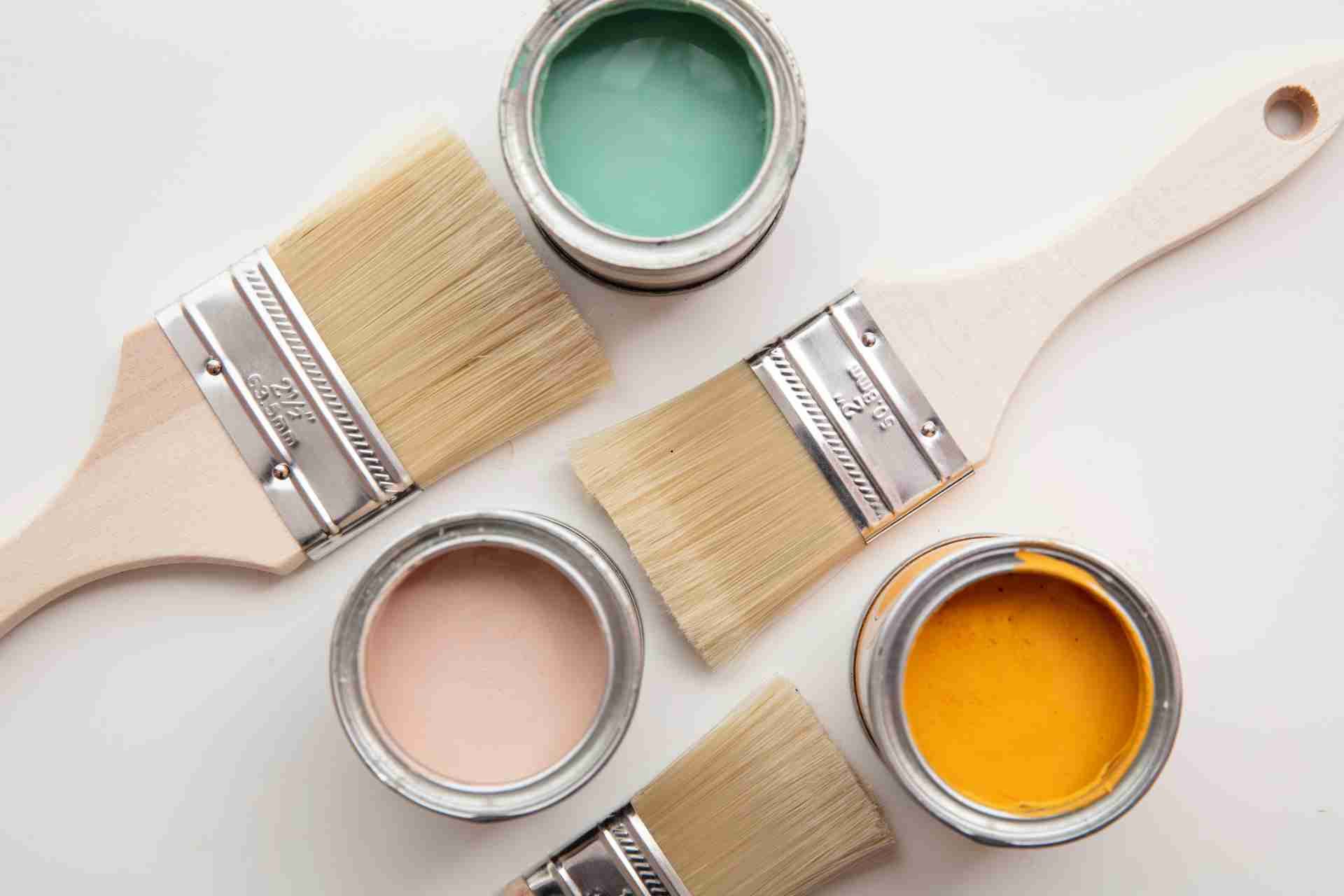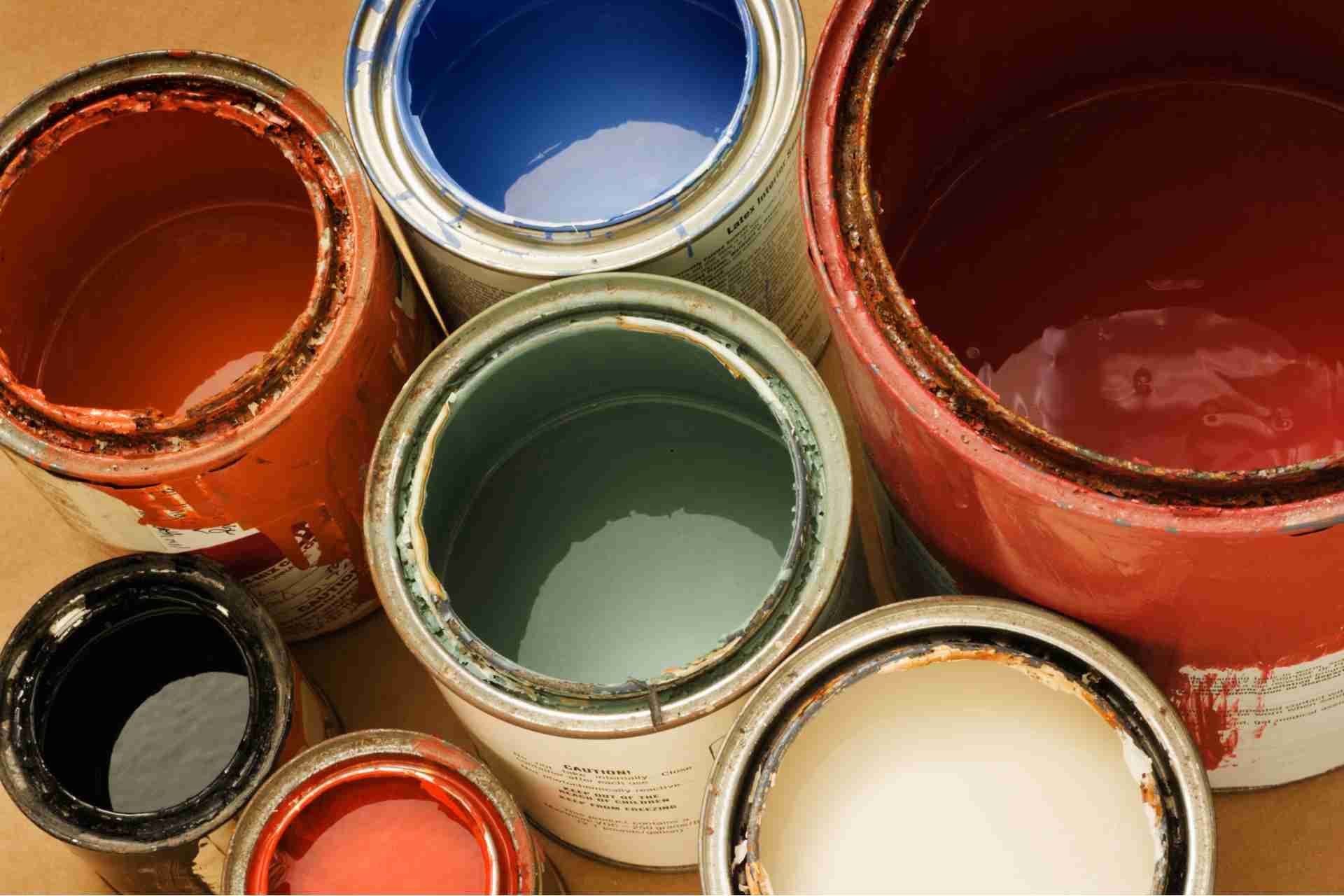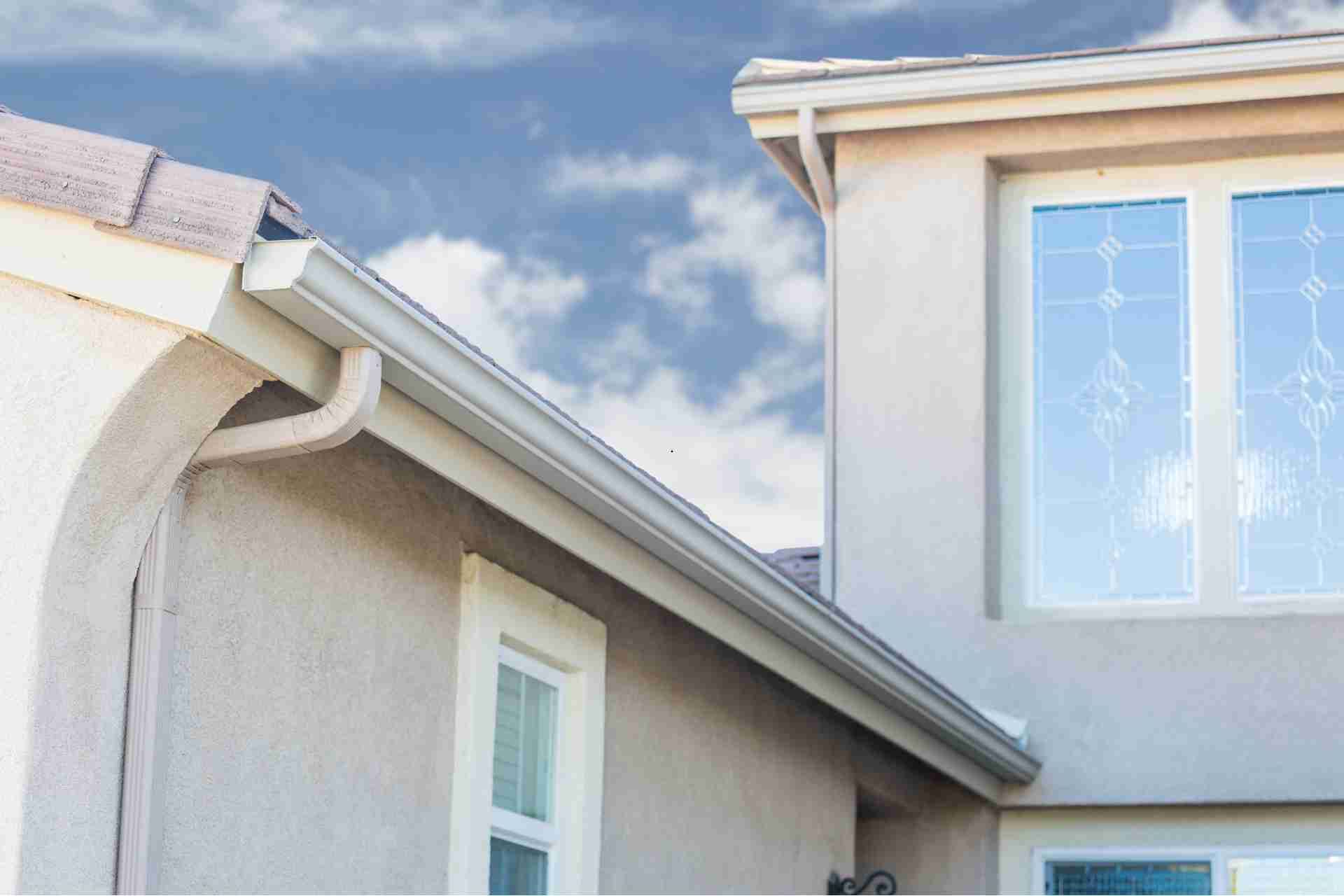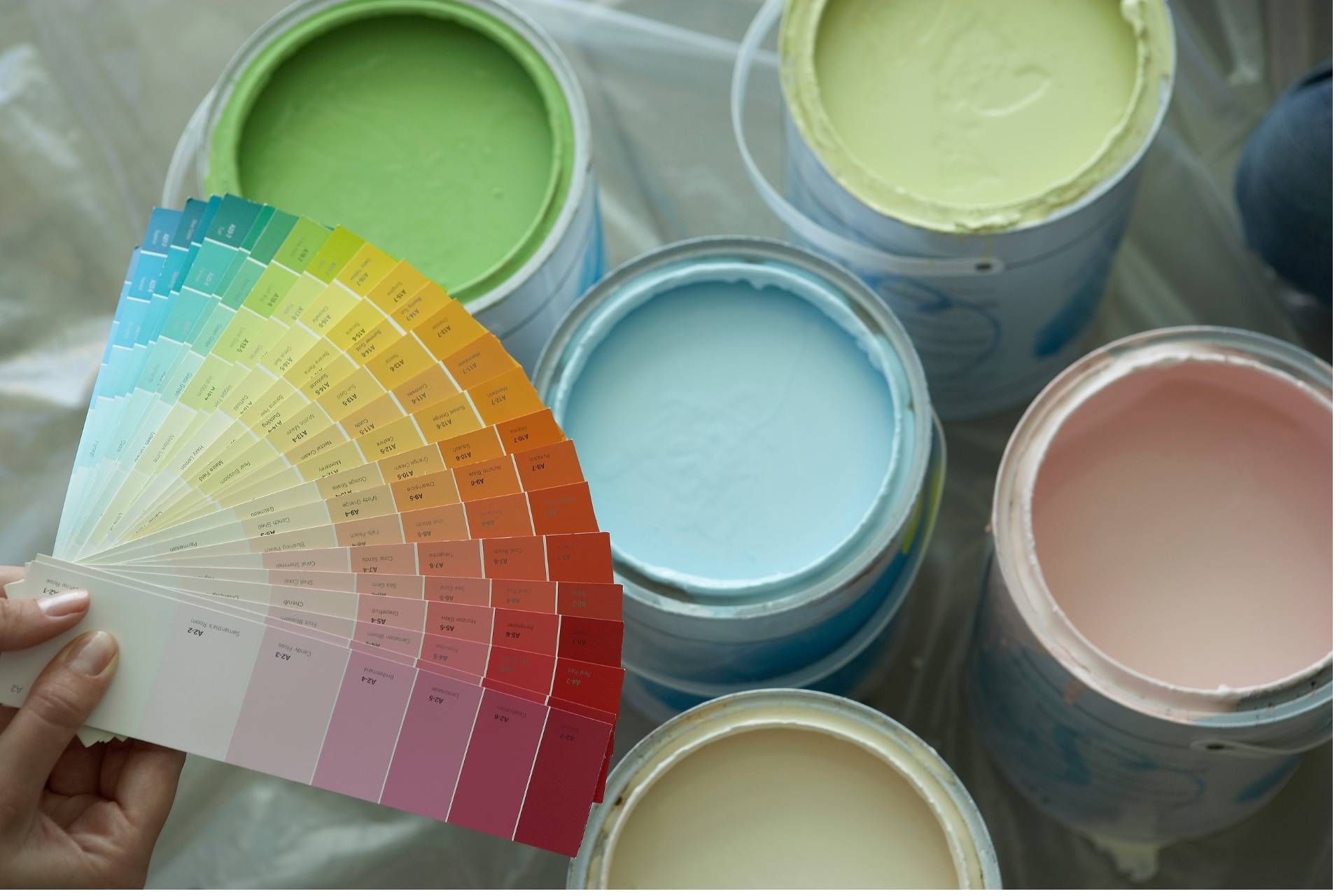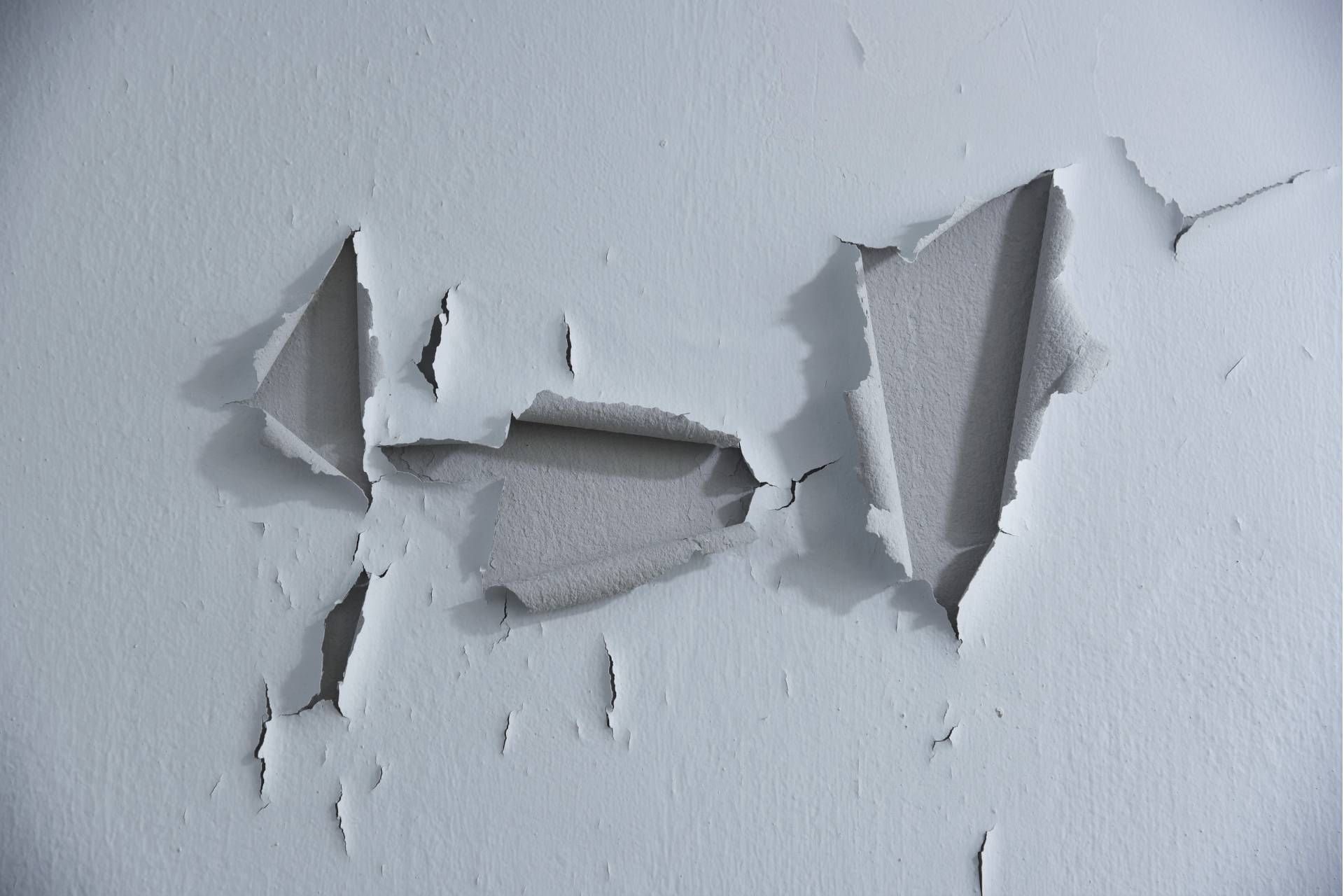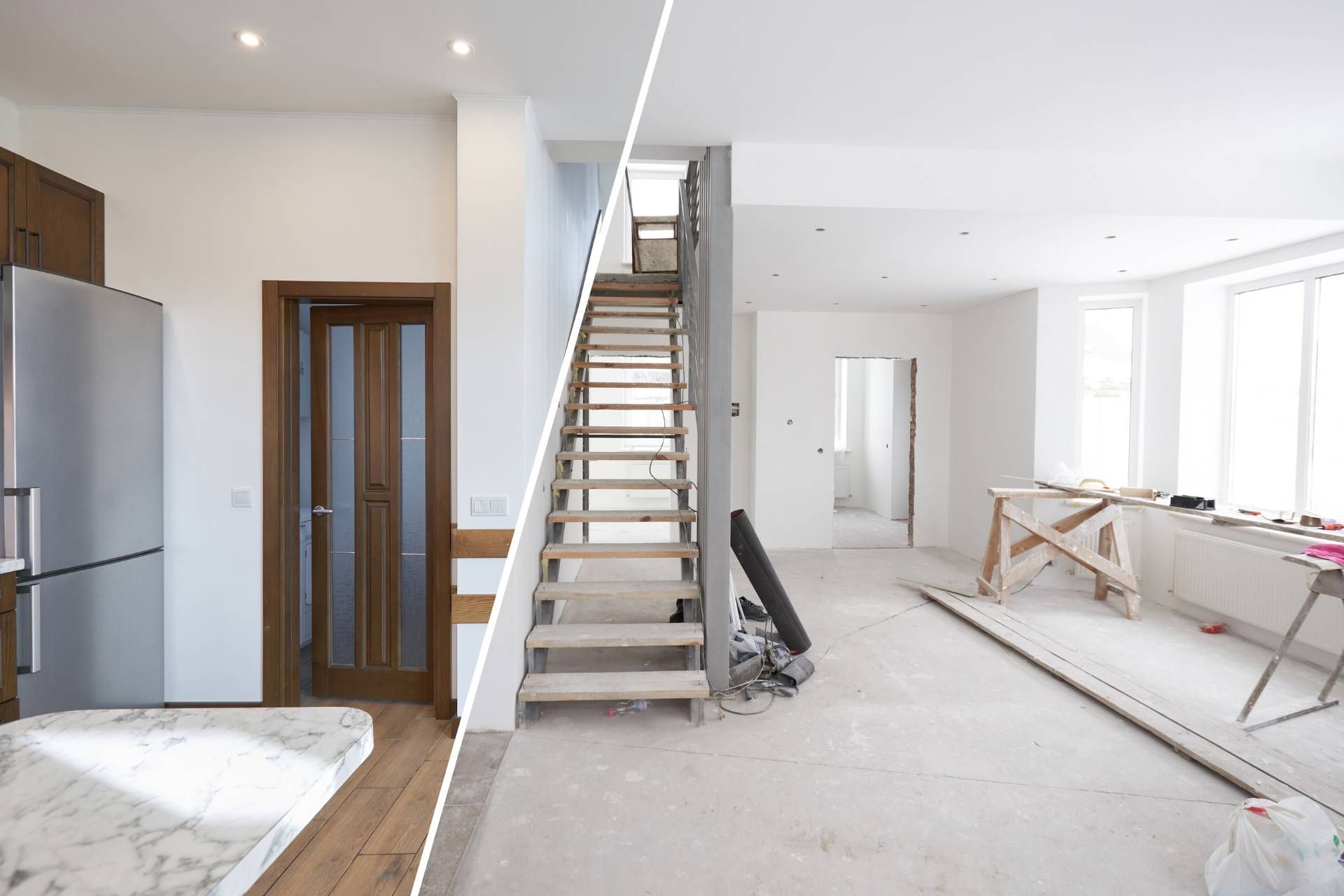What is Paint Primer: What you Need to Know
Paint primer may not be the most exciting part of a painting project, but it is a crucial step that should not be overlooked. Primer is a preparatory coating that is applied to a surface before the paint itself. It acts as a base coat that prepares the surface for the application of paint, improving the adhesion of the paint and ensuring a more durable and long-lasting finish. In this blog post, we’ll explore what paint primer is, why you need it, and how to choose the right one for your next painting project.
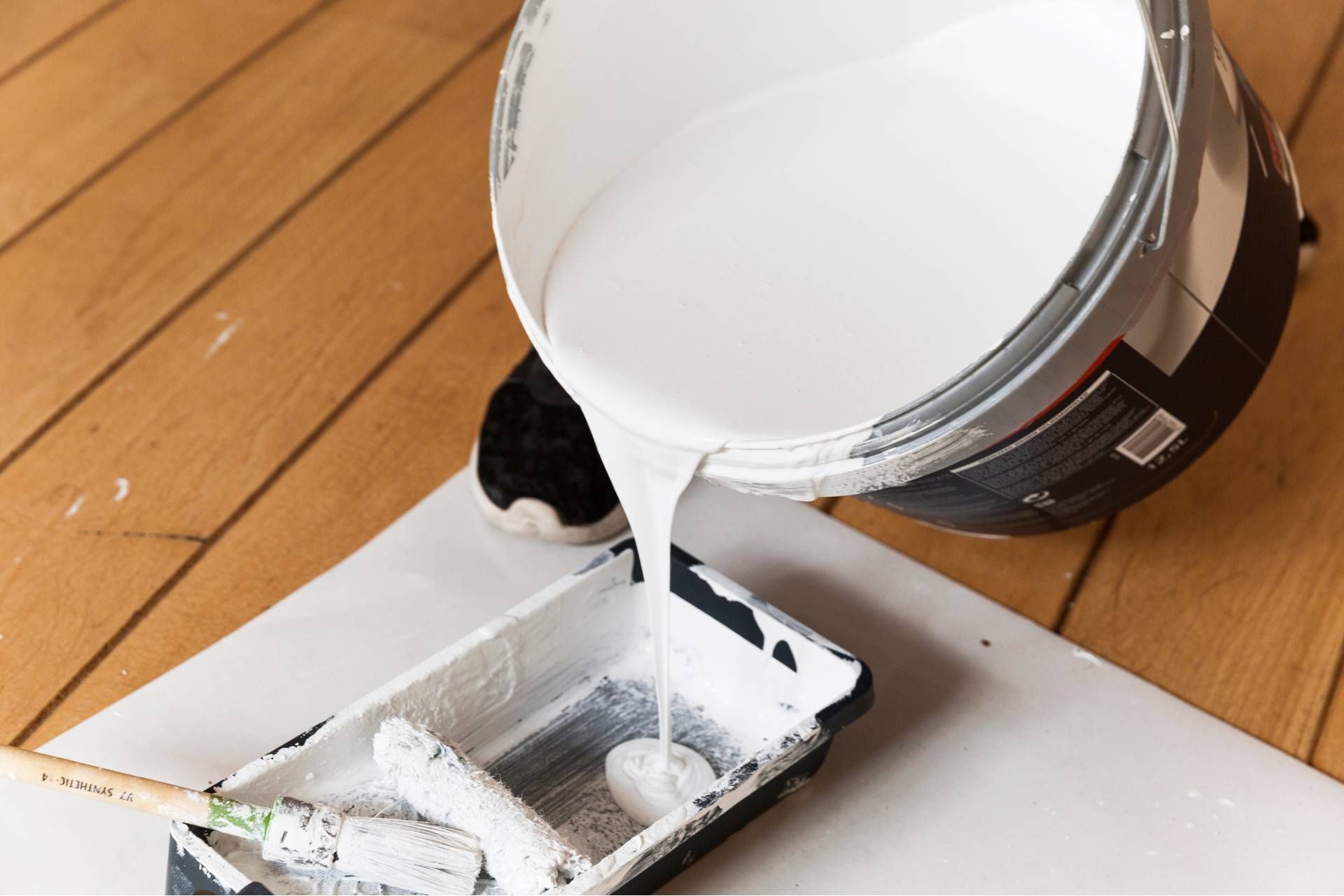
What is paint primer?
Paint primer is a type of coating that is applied to a surface before the paint is applied. It is typically made of a mixture of resin, solvent, and additives that help to seal and protect the surface, as well as provide a smooth and even base for the paint to adhere to. Primers come in a variety of formulations, including oil-based, water-based, and shellac-based options, each with their own benefits and limitations.
Why is paint primer important?
Using a primer before painting can provide a number of benefits, including:
1. Improved Adhesion
Primer creates a smooth and even surface for paint to adhere to. Without a primer, paint may not stick properly to the surface, leading to uneven coverage, peeling, and flaking. By using a primer, you can ensure that your paint job will have better adhesion and durability.
2. Enhanced Color and Coverage
Primer helps to seal the surface and prevent the absorption of paint, resulting in richer and more vibrant colors. It also helps to improve the coverage of your paint, allowing you to achieve a more even and consistent finish with fewer coats.
3. Hides Imperfections
Primer helps to fill in small cracks, holes, and imperfections on the surface, creating a smoother and more polished base for paint. By using a primer, you can achieve a flawless finish and hide any flaws or blemishes on the surface.
4. Prevents Stains and Bleed-Through
Some surfaces, such as wood, metal, and previously painted surfaces, may contain stains or tannins that can bleed through paint and discolor the finish. Primer helps to block these stains and prevent them from seeping through, ensuring a clean and uniform paint job.
5. Increases Durability and Longevity
Primer helps to protect the surface from moisture, mold, mildew, and other environmental factors that can cause paint to deteriorate over time. By using a primer, you can enhance the durability and longevity of your paint job, ensuring that it remains looking fresh and new for years to come.
6. Prevents peeling and flaking
Primer can help to prevent peeling and flaking of the paint over time. It provides a protective layer between the surface and the paint, reducing the risk of damage and ensuring a more durable finish.
7. Saves time and money
While it may seem like an extra step in the painting process, using primer can actually save you time and money in the long run. By creating a smooth and stable surface for paint application, primer can help to reduce the number of coats needed to achieve the desired finish, ultimately saving you time and money on materials.
When to use paint primer
Painting a new surface - If you are painting a surface that has never been painted before, such as new drywall or bare wood, using a paint primer is essential. Priming the surface will help the paint adhere better and provide a more uniform finish.
Covering up stains or discoloration - If the surface you are painting has stains or discoloration, such as water stains or smoke damage, using a stain-blocking primer can help to hide these imperfections and prevent them from bleeding through the new paint.
Painting over a dark color - If you are painting over a dark or bold color with a lighter color, using a paint primer can help to block out the old color and ensure that the new color goes on smoothly and evenly.
Painting a glossy surface - If you are painting a glossy or slick surface, such as tile or laminate, using a bonding primer specifically designed for these surfaces can help the paint adhere better and prevent chipping or peeling.
Painting exterior surfaces - When
painting exterior surfaces, such as siding or trim, using an exterior paint primer can help to protect the surface from harsh weather conditions and provide a longer-lasting finish.
Where is Paint Primer Used
Walls and ceilings
Before painting a room, it is important to apply primer to the walls and ceilings to ensure a flawless finish. Primer helps to seal the surface, prevent stains from bleeding through, and improve the adhesion of the paint. It also helps to even out the surface, filling in any imperfections or small cracks.
Wood surfaces
When painting wooden surfaces such as doors, trim, or cabinets, primer is essential for creating a smooth, long-lasting finish. Wood surfaces can be porous and uneven, making them more prone to peeling, cracking, or fading over time. Primer helps to seal the wood, preventing moisture from penetrating and ensuring that the paint adheres properly.
Metal surfaces
Painting metal surfaces can be challenging, as metal is prone to rust and corrosion. Primer helps to protect the metal from these issues, creating a barrier between the metal and the paint. It also helps to improve the adhesion of the paint and prevent peeling or chipping.
Exterior surfaces
When painting exterior surfaces such as siding, fences, or decks, primer is essential for protecting the surface from the elements. It helps to seal the surface, prevent moisture from penetrating, and improve the durability of the paint. Primer also helps to create a more uniform surface, ensuring that the paint adheres properly and provides long-lasting protection.
Woodwork
Whether you are painting trim, baseboards, or doors, using a paint primer is essential for achieving a professional-looking finish. It helps to seal the wood, prevent bleeding through of stains or tannins, and provides a smooth surface for the paint to adhere to.
Bathroom and Kitchen
These areas are prone to moisture and humidity, which can cause paint to blister and peel if not properly primed. Using a moisture-resistant primer in these spaces will help prevent these issues and ensure a more durable paint job.
How to choose the right primer
1. Consider the surface you will be painting on: Different surfaces require different types of primers. For example, if you are painting on a porous surface such as bare wood or drywall, you will need a primer that provides good adhesion and seals the surface to prevent the paint from soaking in. If you are painting on a glossy or slick surface, you will need a bonding primer that creates a good surface for the paint to adhere to.
2. Determine the type of paint you will be using: Some primers are specifically designed to work with certain types of paint, such as oil-based or water-based paints. Make sure to choose a primer that is compatible with the paint you plan to use to ensure a long-lasting finish.
3. Consider the level of coverage you need: If you are painting over a dark or uneven surface, you may need a high-hide primer that provides good coverage and helps to even out the surface before painting. If you are painting over a light or smooth surface, a less expensive, lower-hide primer may be sufficient.
4. Think about any specific issues or problems you need to address: If you are painting over a surface with stains or tannins, you will need a stain-blocking primer to prevent them from bleeding through the paint. If you are painting a high-moisture area such as a bathroom or kitchen, you may want to choose a
mold and mildew resistant primer.
5. Consider the drying time and odor: Some primers have a longer drying time than others, which can affect how quickly you can move on to the painting step. Additionally, some primers have a strong odor that can linger for days after application. If you are sensitive to odors or need to finish your project quickly, look for a fast-drying, low-odor primer.
How to use primer paint
- Before applying primer paint, it's important to prepare the surface properly. This may involve sanding, cleaning, and filling in any holes or imperfections. Make sure the surface is clean and dry before you begin.
- There are several types of primer paint available, including oil-based and water-based options. Make sure to choose the right primer for your project, based on the type of surface you're painting and the type of paint you'll be using.
- Use a brush or roller to apply the primer paint evenly to the surface. Start in one corner and work your way across the surface, applying a thin, even coat. Make sure to follow the manufacturer's instructions for drying time between coats.
- If you're applying multiple coats of primer paint, be sure to sand the surface lightly between coats to ensure a smooth finish. This will help the top coat of paint adhere better and prevent any imperfections from showing through.
- Once you've applied the primer paint, allow it to dry thoroughly before applying your top coat of paint. This will help ensure a durable finish that will last for years to come.
